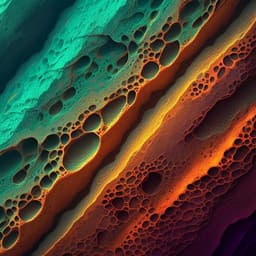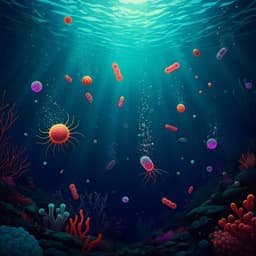
Chemistry
Design of two-dimensional carbon-nitride structures by tuning the nitrogen concentration
S. Bu, N. Yao, et al.
This groundbreaking research by Saiyu Bu, Nan Yao, Michelle A. Hunter, Debra J. Searles, and Qinghong Yuan delves into the stable structures of 2D carbon nitrides, revealing how varying C/N ratios and N-doping concentrations influence electronic properties, with implications for numerous applications.
Playback language: English
Related Publications
Explore these studies to deepen your understanding of the subject.







